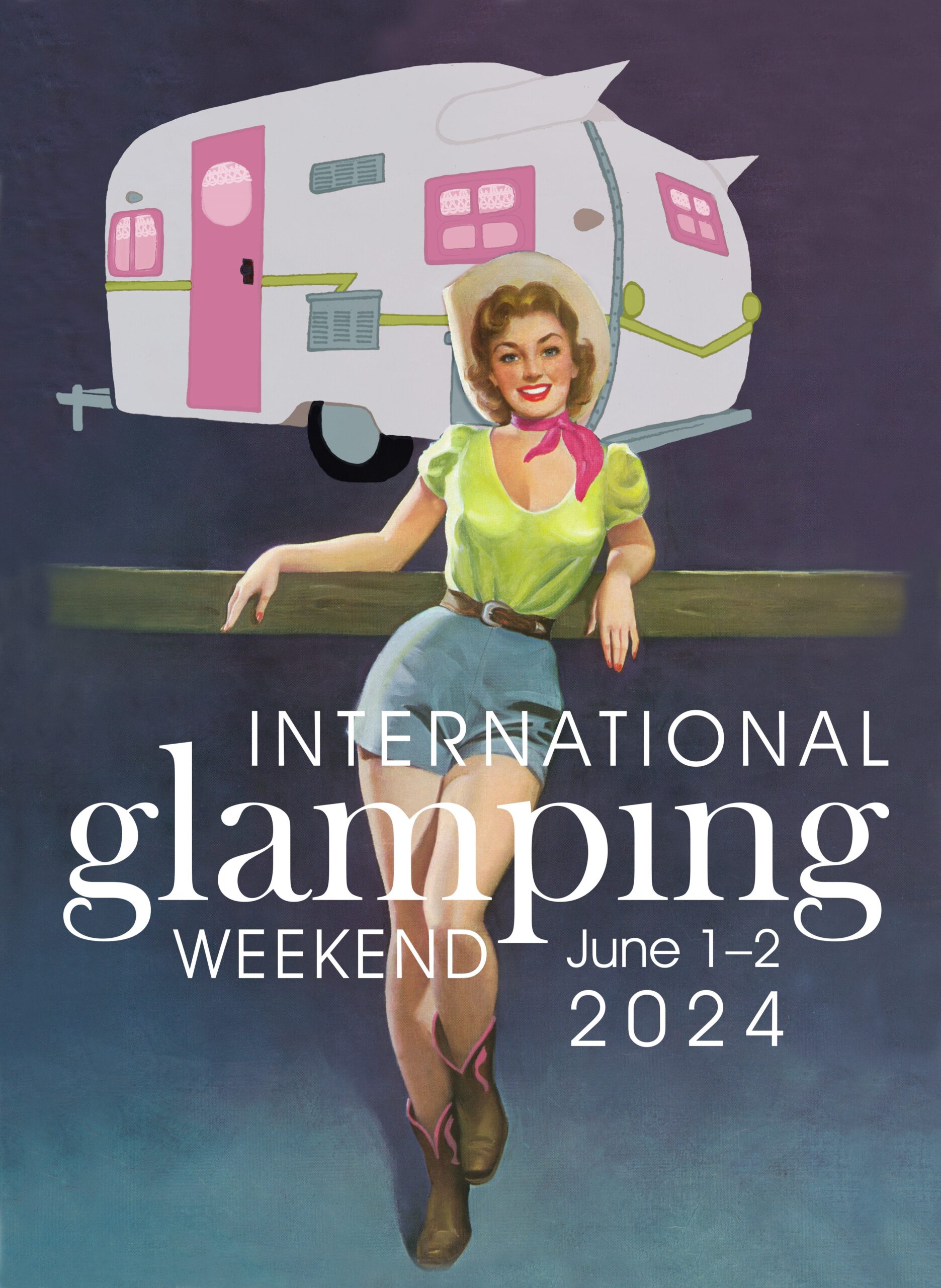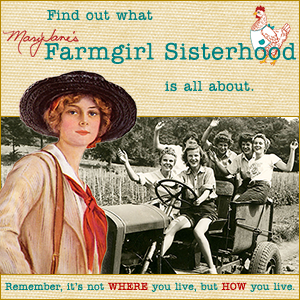Justin Skeesuck and Patrick Gray are lifelong friends who have “pushed” the boundaries of friendship.
Justin, who helps and inspires others with disabilities through his website, The-Disabled-Traveler.com, has a rare, progressive autoimmune disorder that’s left him wheelchair-bound. But it hasn’t stopped his passion for travel.
“I’ve found that traveling is THE BEST way to experience other cultures, forge new and exciting relationships, and gain a greater understanding of yourself,” says Justin. “Yes, there are many challenges that come with that but, in the end, the experiences and memories my family and I now share has made all of my efforts worth it!” In the last 20 years, Jason has visited Italy, France, Germany, Austria, Switzerland, Belgium, Mexico, the Caribbean, and Canada, as well as many states throughout the U.S., Hawaii, and Alaska. Justin, who lives in Meridian, Idaho, with his wife and three children, has dedicated his life to sharing practical “how-to” information with other disabled travelers.
Patrick is a registered nurse and Program Manager for St. Luke’s Hospital in Boise, Idaho. Patrick and Justin were born just one day apart and have been best friends for more than 38 years. “We travel together; we live life together through our ups and downs; and most importantly, will do anything for each other,” says Patrick.

photo, IllPushYou.com
When Justin saw a travel show about hiking the mountainous 500-mile El Camino de Santiago Trail in Spain, he approached Patrick with the idea. Patrick’s immediate response? “I’ll push you!” Watch a beautiful, inspiring, 6-minute video about the journey to the journey (warning: hankie alert!):
And because they believe “there’s more to life than just sitting around complaining about the challenges we all face,” they partnered with a documentary crew who came along on their journey, capturing “every joy, struggle, challenge, landscape, and the AMAZING people we met along the way!” They’re now raising funds to finish and distribute their film at IllPushYou.com with the goal of inspiring others to realize that nothing is impossible.
“Our journey showed that if you jump out in faith, then with the help of community and with love, amazing things happen.”












































































I have a very close friend here in town that walked the Camio two summers ago alone. She walked the entire 500 miles in about 2 months! Her account of the many wonderful pilgrims she met along the way and the incredible scenery are fascinating to hear. Walking the Camio was a personal goal of hers ever since her son got leukemia. Once he was in remission, she found the money and space in her life to walk this trail and spend the time in renewal and thanks.
I loved this!! As a person living with MS, I have had to change the way I do a lot things, but I don’t have to stop them completely! I have so many goals left on my bucket list! LOL! I know so many who just give up altogether!! Support like Justin has from his friend Patrick just makes my heart joyful!!
Heartrending yet uplifting at the same time. It brings to mind ” but for the grace of God, go I ..”
How totally brave of Justin to do this wholeheartedly . Even more so, how unselfish and immensely loving of Patrick to say : ” I’ll push you” and really mean it ! Just so inspiring.
What life is all about. The reason we’re here–to support one another. to cheer on another on. to love one another so much that we lose ourselves in service. to feel joy. to love enough to risk the inevitable grief that goes with it. and to wake up and love again. Thank you Justin and Patrick, for the glimpse into the fullness of your friendship. Your wives and children too, for sharing you with us.